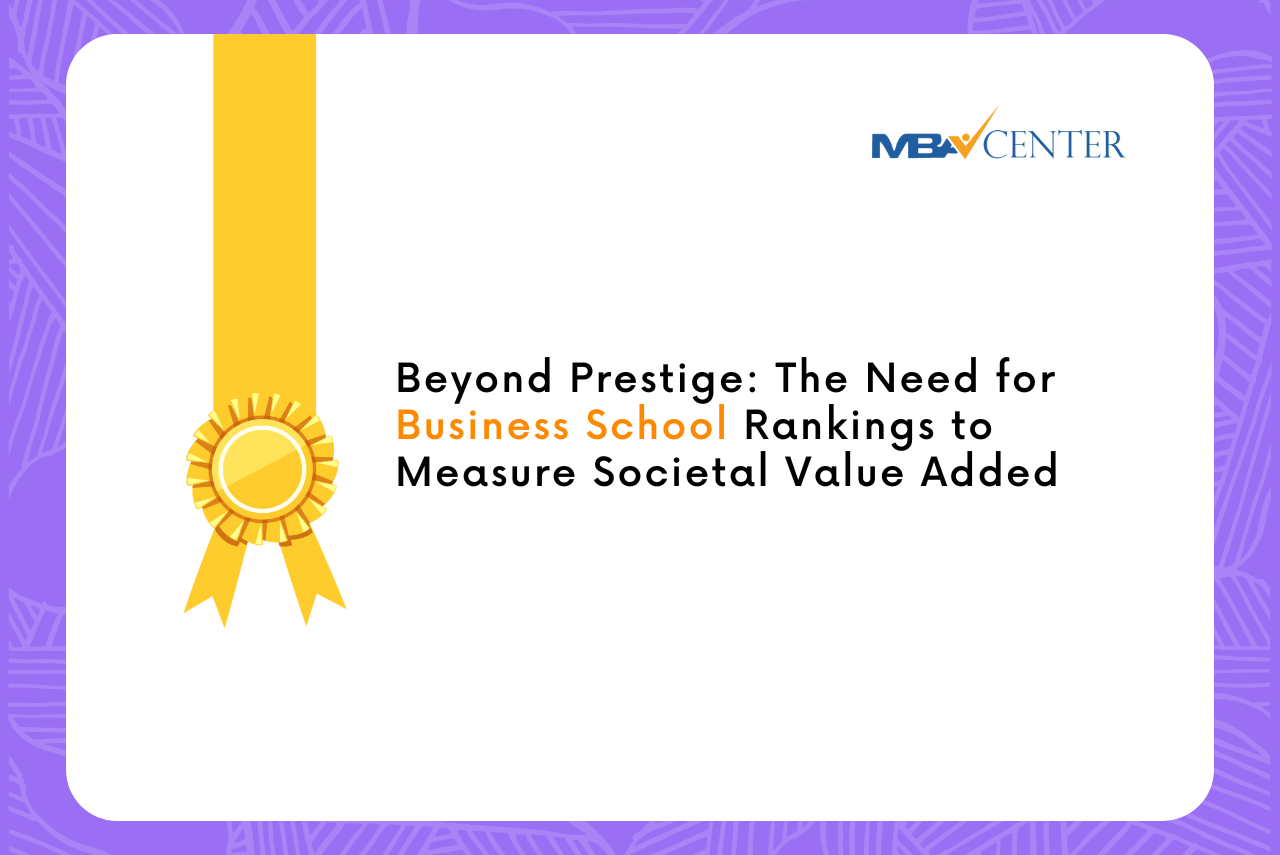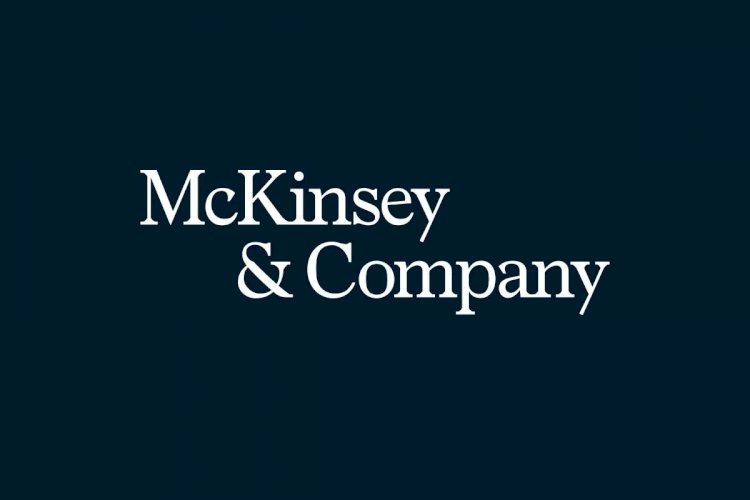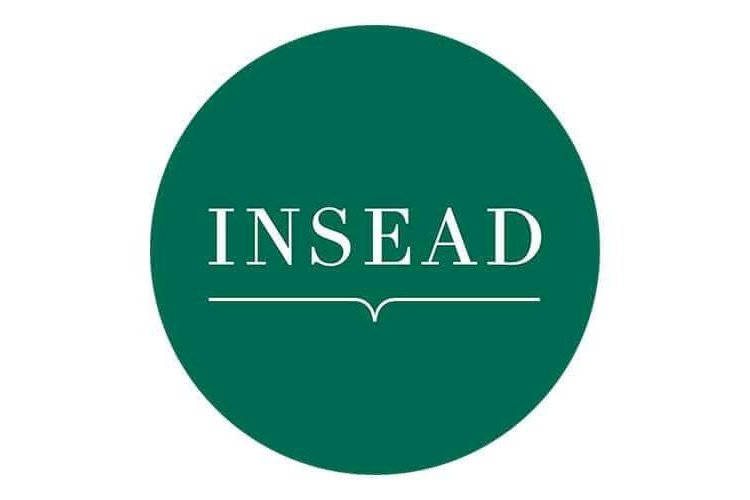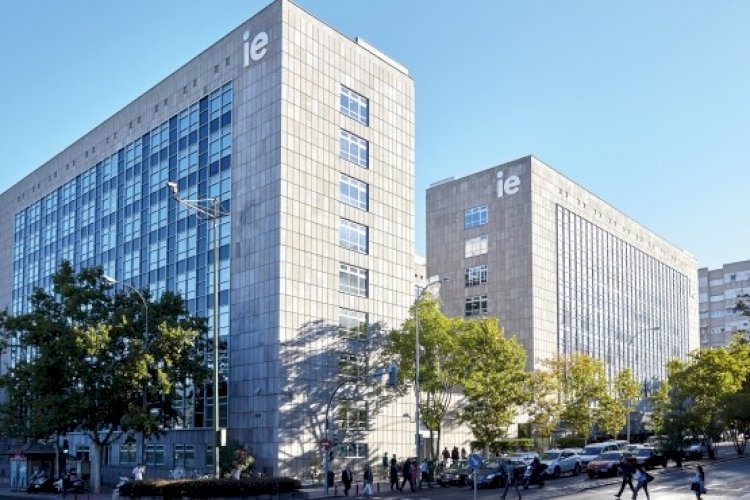
So what exactly is a deferred MBA? A deferred MBA program is the same as a regular MBA program, except that it grants students pre-admission to their MBA program, usually two years in advance. So, instead of worrying about your MBA application, you concentrate on your career and gain professional experience.
A master’s in management, or MIM, is a postgraduate program that provides advanced general management knowledge to business bachelor's graduates, regardless of whether they have previously studied business. You get a Master of Science or a Master of Arts degree upon completing a MIM program.
Having a master's in finance degree, you learn skills that will help you prepare for real-world job responsibilities. Unlike more general degrees such as business administration, finance teaches you in-demand skills such as data analytics, risk management, capital allocation, and investment strategy.
How do you decide which of them is more aligned with your career goals and plans?
1. MBA vs MIF/MIM: Age and work experience
A master's degree in management necessitates 0-2 years of work experience. It is primarily chosen by recent graduates or early-career professionals seeking to transition from purely technical roles to more strategic or business-related roles. As a result, most MIM students are under the age of 24.
An MBA requires two to nine years of work experience. It is ideal for mid-career professionals seeking formal business education. Unlike their MBA counterparts, Master of Finance programs typically do not require work experience, but they do expect applicants to have completed one or more internships in the field before applying.
2. Requirement of the GMAT
The GMAT is compulsory for most MBA programs. MIM/MIF programs do not typically disclose their GMAT averages but based on past trends, GMAT averages for schools such as INSEAD, LBS, and St. Gallen are in the mid-600s. MIM or MIF programs do not necessarily require GMAT or GRE scores, but there are other admission requirements.
3. Specialization, courses, and syllabus
The distinction is in the methodology and focus of these programs. The MIM/MIF takes a more theoretical approach to teaching and learning, with a mandatory internship serving as the program's main practical component. Meanwhile, an MBA is a more practical degree frequently taught through the case study method. You can apply your professional experiences and build your skills further by learning from real-world examples.
4. MBA, MIM, and MIF: Future Prospects
MBAs are typically for professionals who have enough experience in the industry to include a general understanding of how businesses operate but want to specialize in a specific area. They intend to advance to senior management and executive positions.
Master’s in Management, on the other hand, is typically pursued by recent undergraduates or graduates seeking to advance their careers. Their goal is to improve their business acumen, networking, teamwork, and leadership abilities. And to gain a fundamental theoretical understanding of basic business functions.
A master’s degree in finance will be an ideal fit if you narrow the scope of this program: Budget Analyst, Financial Analyst, Cash Managers, Chief Finance Officers, Financial Advisor, Investment bankers, Accounting Managers, Corporate Controllers, etc.
In Conclusion
Although they (MBA, MIM and MIF) cover a wide range of business topics and fundamental business concepts, the MBA is typically designed for people with a few years of work experience. The MIM is more of a career jumpstart for those with little or no job experience and who recently graduated from college.
Can MIM/MIF replace an MBA? According to the 2020 GMAC Survey, nearly 80% of master’s in management programs have seen an increase in applications. MIM degrees are becoming a significant business study alternative to the long-established and highly sought-after Master of Business Administration (MBAs).
Also read: Top master's student grads eventually end up in finance
 MBA Center Global
MBA Center Global 
























